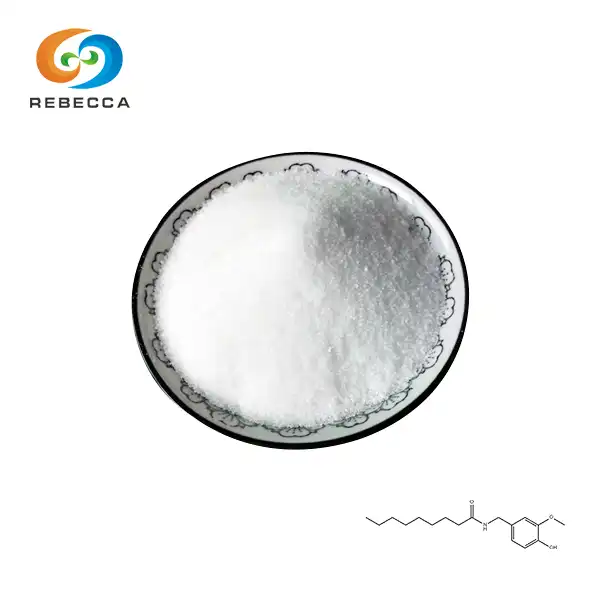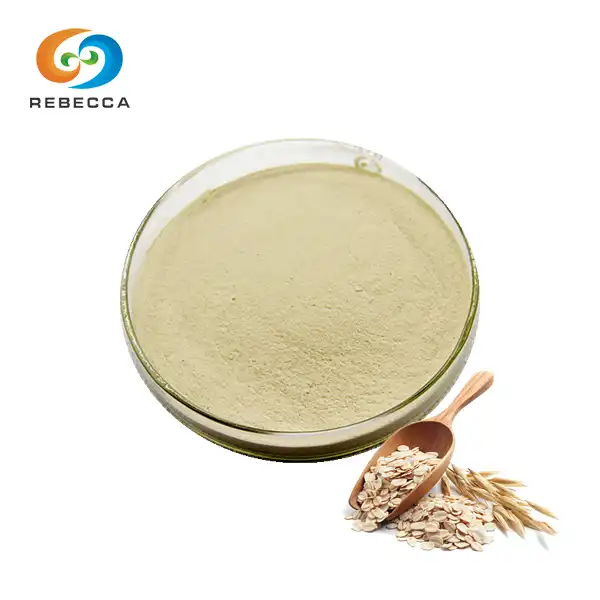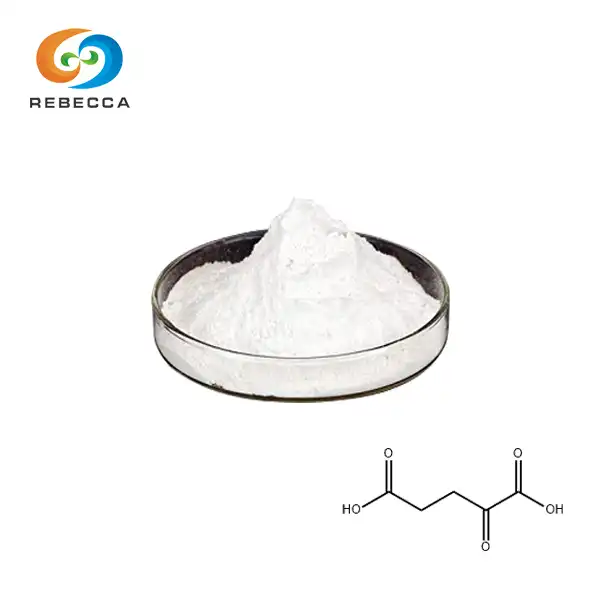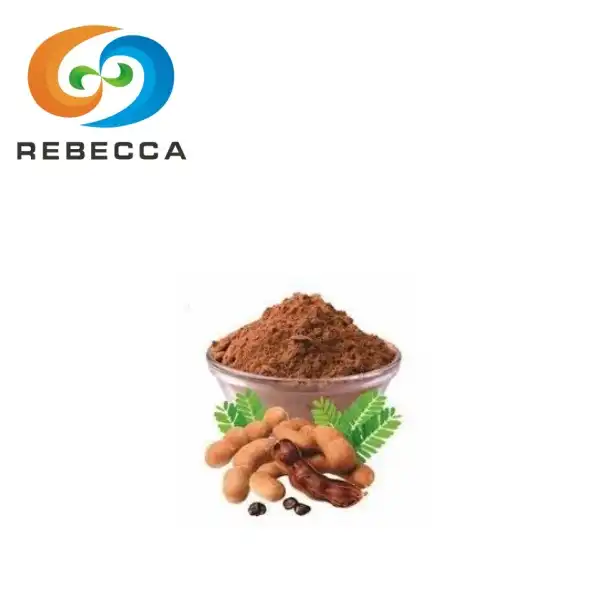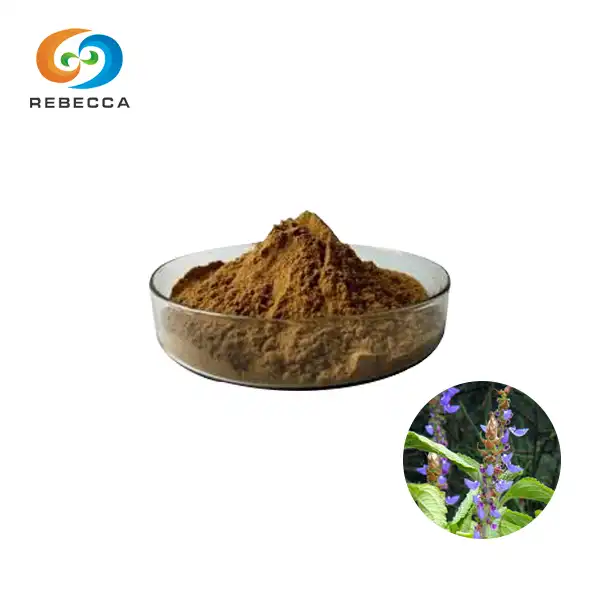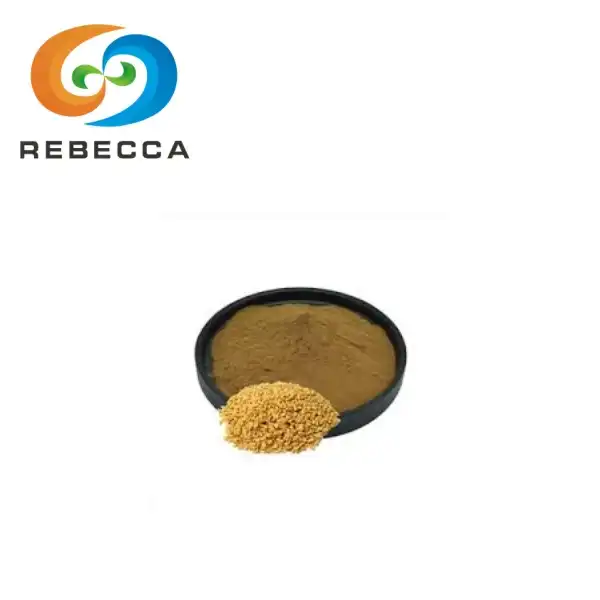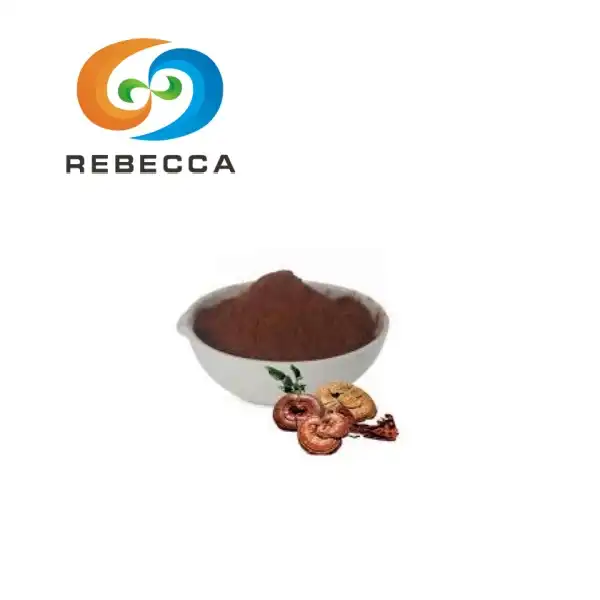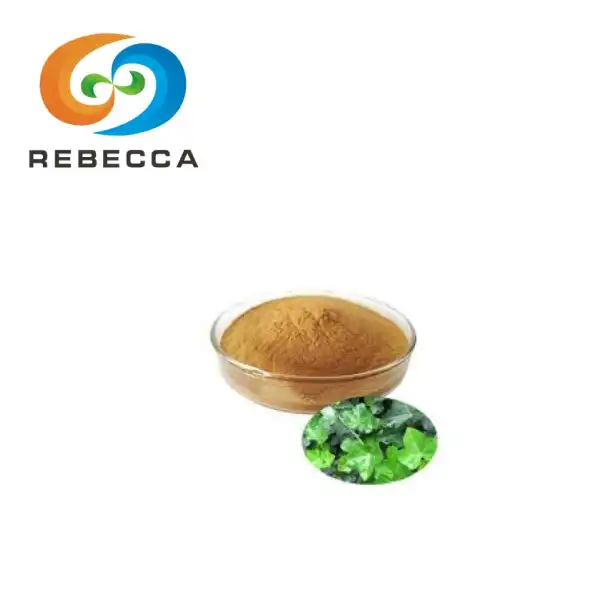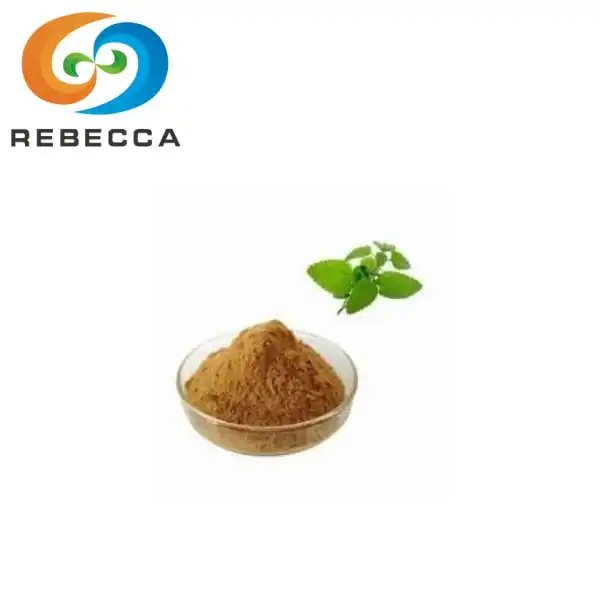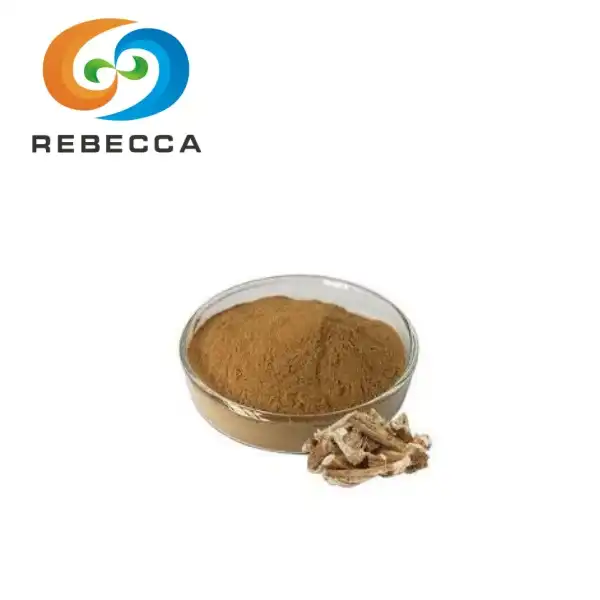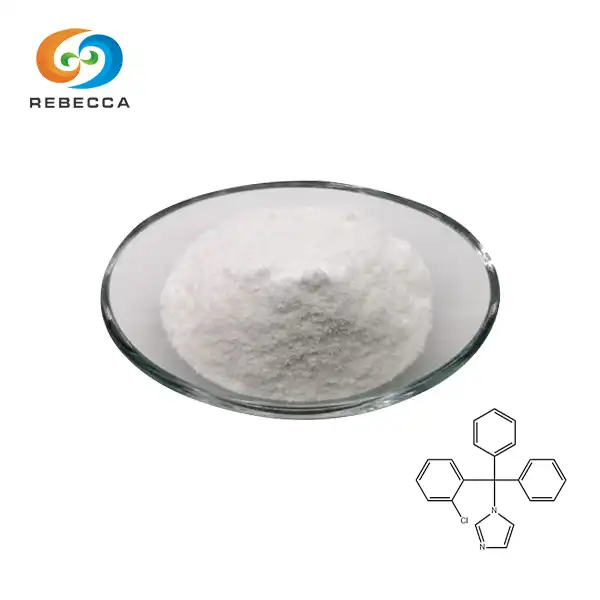What is the difference between quercetin and kaempferol?
Quercetin and Kaempferol Extract are two powerful flavonoids found in a wide range of plants, fruits, vegetables, and other foods. Although both compounds belong to the same class of polyphenolic antioxidants, they exhibit distinct characteristics and offer unique health benefits. Quercetin, commonly found in apples, onions, and berries, is known for its strong anti-inflammatory and immune-boosting effects, as well as its ability to combat allergy symptoms.
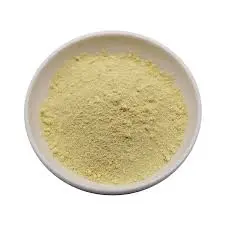
On the other hand, Kaempferol Extract, derived from plants like Kaempferia galanga and kale, is celebrated for its potent antioxidant properties, which help protect cells from oxidative stress and support cardiovascular health. This article delves into the key differences between Quercetin and Kaempferol Extract, with a focus on their antioxidant activity, health-promoting properties, and increasing roles in dietary supplements aimed at enhancing overall wellness.
Kaempferol vs Quercetin: Key Benefits for Health
Both kaempferol and quercetin offer numerous health benefits, but they have some unique properties that set them apart:
Kaempferol's Health Benefits
Kaempferol, a yellow crystalline powder derived from the root of Kaempferia galanga L., has garnered attention for its potential health-promoting effects:
- Anti-cancer properties: Research suggests kaempferol may inhibit cancer cell growth and induce apoptosis in various cancer types, including breast, pancreatic, and colon cancer.
- Anti-inflammatory effects: Kaempferol has demonstrated the ability to reduce inflammation by suppressing pro-inflammatory cytokines.
- Cardioprotective potential: Studies indicate kaempferol may help protect against cardiovascular diseases by improving lipid profiles and reducing oxidative stress.
- Neuroprotective effects: Emerging research points to kaempferol's potential in protecting against neurodegenerative disorders like Alzheimer's and Parkinson's disease.
Quercetin's Health Benefits
Quercetin, while similar to kaempferol, offers its own set of health benefits:
- Allergy relief: Quercetin is known for its antihistamine properties, potentially helping to alleviate allergy symptoms.
- Blood pressure regulation: Some studies suggest quercetin may help lower blood pressure in hypertensive individuals.
- Exercise performance: Quercetin has been investigated for its potential to enhance endurance and athletic performance.
- Antiviral properties: Research indicates quercetin may have antiviral effects against certain viruses, including influenza.

How Kaempferol Extract Supports Antioxidant Activity?
Kaempferol extract, derived from the root of Kaempferia galanga L., is a powerful antioxidant with a molecular formula of C15H10O6. The compound’s antioxidant properties arise from its distinctive chemical structure, which enables it to neutralize harmful free radicals effectively. Free radicals are unstable molecules that can cause cellular damage and contribute to aging, inflammation, and various diseases.
By donating electrons to these free radicals, Kaempferol helps stabilize them, preventing oxidative stress and reducing the damage they might otherwise cause to cells and tissues. This antioxidant action not only protects cells but also supports overall health by mitigating the effects of oxidative stress, a key factor in many chronic conditions.
Mechanism of Action
Kaempferol's antioxidant activity is primarily attributed to its ability to:
- Scavenge free radicals: Kaempferol can donate electrons to unstable free radicals, neutralizing them and preventing cellular damage.
- Chelate metal ions: By binding to metal ions, kaempferol can prevent them from participating in oxidative reactions.
- Boost endogenous antioxidants: Research suggests kaempferol may enhance the activity of the body's natural antioxidant enzymes, such as superoxide dismutase and catalase.
Cellular Protection
The antioxidant properties of kaempferol extract contribute to cellular protection in several ways:
- DNA protection: By neutralizing free radicals, kaempferol helps prevent oxidative damage to DNA, potentially reducing the risk of mutations and cancer.
- Lipid peroxidation inhibition: Kaempferol can protect cell membranes from lipid peroxidation, maintaining cellular integrity.
- Protein oxidation prevention: By reducing oxidative stress, kaempferol may help prevent protein oxidation and subsequent loss of function.

What Sets Kaempferol Apart from Quercetin in Supplements?
While both kaempferol and quercetin are valuable flavonoids, kaempferol possesses unique characteristics that make it an attractive option in dietary supplements:
Chemical Stability
Kaempferol exhibits greater chemical stability compared to quercetin. This stability is attributed to its molecular structure, which features one less hydroxyl group than quercetin. The increased stability of kaempferol translates to:
- Longer shelf life: Kaempferol-containing supplements may maintain their potency for extended periods.
- Improved bioavailability: The enhanced stability may contribute to better absorption and utilization by the body.
Unique Biological Activities
While sharing some similarities with quercetin, kaempferol demonstrates distinct biological activities:
- Estrogenic effects: Kaempferol has been shown to act as a selective estrogen receptor modulator, potentially offering benefits for bone health and menopausal symptoms.
- Anti-diabetic potential: Research suggests kaempferol may help improve insulin sensitivity and glucose uptake, making it a promising compound for diabetes management.
- Neuroprotective properties: Kaempferol's ability to cross the blood-brain barrier may contribute to its neuroprotective effects, setting it apart from quercetin in this regard.
Sourcing and Production
Kaempferol extract, as produced by Shaanxi Rebecca Biotechnology Co., Ltd., offers several advantages:
- High purity: With a specification of 98% kaempferol, this extract provides a concentrated source of the flavonoid.
- Standardized production: The extract is produced using advanced technologies and strict quality control measures, ensuring consistency and reliability.
- Versatility: The fine powder form (80 mesh size) allows for easy incorporation into various supplement formulations.
conclusion
while both Kaempferol and Quercetin offer valuable health benefits, Kaempferol’s unique properties make it a particularly compelling option for inclusion in dietary supplements. Its enhanced stability ensures that it maintains its potency over time, while its distinct biological activities—such as antioxidant, anti-inflammatory, and anticancer properties—further set it apart from other flavonoids.
Additionally, Kaempferol’s high-quality sourcing options, including extraction from Kaempferia galanga L., make it an attractive choice for formulators seeking effective and natural ingredients. As demand for Kaempferol in the nutraceutical industry continues to grow, its potential applications are vast. For more information about Kaempferol extract and its diverse applications, please contact Shaanxi Rebecca Biotechnology Co., Ltd. at information@sxrebecca.com.
References
1. Chen, A. Y., & Chen, Y. C. (2013). A review of the dietary flavonoid, kaempferol on human health and cancer chemoprevention. Food Chemistry, 138(4), 2099-2107.
2. Calderon-Montano, J. M., Burgos-Moron, E., Perez-Guerrero, C., & Lopez-Lazaro, M. (2011). A review on the dietary flavonoid kaempferol. Mini Reviews in Medicinal Chemistry, 11(4), 298-344.
3. Anand David, A. V., Arulmoli, R., & Parasuraman, S. (2016). Overviews of biological importance of quercetin: A bioactive flavonoid. Pharmacognosy Reviews, 10(20), 84-89.
4. Hollman, P. C., & Katan, M. B. (1999). Dietary flavonoids: intake, health effects and bioavailability. Food and Chemical Toxicology, 37(9-10), 937-942.
5. Panche, A. N., Diwan, A. D., & Chandra, S. R. (2016). Flavonoids: an overview. Journal of Nutritional Science, 5, e47.
_1730691017423.webp)

